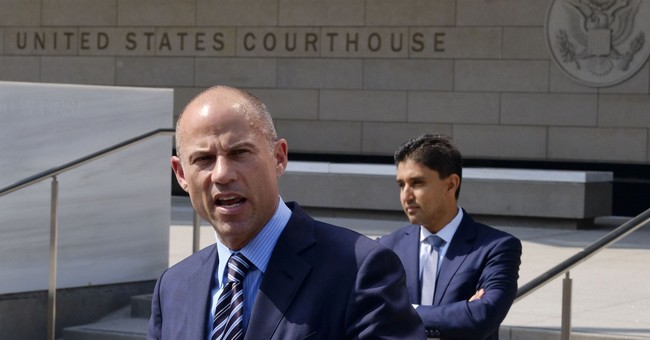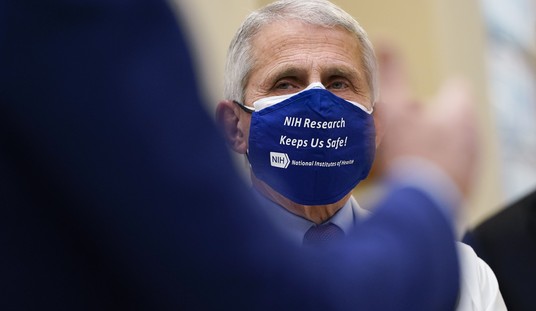
Today, the Ninth Circuit Court of Appeals issued an opinion reversing a jury verdict and ordering dismissal of a case that was the biggest of Michael Avenatti’s career in his prior profession as an attorney in Southern California.
The case was a class-action lawsuit brought by Avenatti on behalf of Plaintiff Bahamas Surgery Center and against defendant multinational health care company Kimberly-Clark Corp. (KCC).
The allegations of the case were that KCC had sold hundreds of millions of dollars worth of surgical gowns through co-defendant distributor Halyard Co, which were labeled as being compliant with a certain industry-recognized standard for being a liquid bio-hazard barrier, when those gowns did not, in fact, meet the industry-standard as represented.
As described in reporting at the time, the Los Angeles federal court jury that heard the case — only six jurors in a federal civil case — was largely younger adults in their 20s, and Avenatti tailored his presentation, including his manner of speaking, to the audience.
In the end, he was richly rewarded for his efforts, as the jury returned a verdict of general and punitive damages in the amount of $454 million for the members of the class that Avenatti was representing — all buyers of such mislabeled surgical gowns during the time period specified in the complaint.
One problem which Avenatti ran into in the aftermath of the jury’s verdict was with the federal District Court Judge. He tossed out the substantial punitive damages award and reduced the verdict to only $25 million.
Today, the Ninth Circuit applied the coup de grace. They tossed out the verdict altogether AND remanded the matter with instructions that the case be dismissed.
What had Avenatti done wrong??? In a STUNNING BIT OF POTENTIAL MALPRACTICE, Avenatti had taken a class-action case to trial with a Class Representative Plaintiff who had not been damaged — Bahamas Surgical Center had never purchased any the KCC manufactured gowns at issue.
Bahamas has no claim against Halyard [distributor of KCC gowns] because it purchased no gowns from it, and any injuries it has are not traceable to Halyard’s conduct. Without a claim of its own, Bahamas cannot “‘seek relief on behalf of [itself] or any other member of the class.’”
In a class-action case, the Class Plaintiff “stands in” for all other persons similarly situated and with substantially similar claims against the same defendant. To do that it is necessary that the Class Representative be — you know — representative of the class. One way that is established is by the fact that the Class Representative has a substantially identical claim against the defendant as all other members of the Class being represented.
This must have come up at some point in the discovery process. The Ninth Circuit puts fault on the District Court for certifying the class when Bahamas was not a representative plaintiff.
But there was no reason for Avenatti to not have moved to amend the complaint to add new Class Representatives when this issue came up.
The claims against KCC may have been sound and based in substantial facts. But this procedural error by Avenatti has all the class members now in a position of having to start over again.
Once the crowning glory of Avenatti’s Los Angeles legal career, this case is now worth zip, zero, nada.
Who wants to start a GoFundMe campaign for Michael?














Join the conversation as a VIP Member